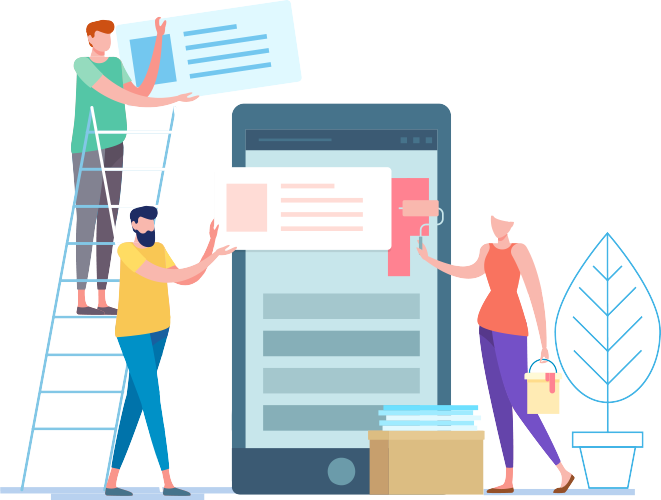Our client, a leading player in the healthcare industry, sought QSoft's expertise to develop a remote medical support system. The system was designed to assist doctors, families, and nursing home staff in providing high-quality care to patients. The primary focus was on creating a user-friendly mobile app, primarily for tablets and phones, that enabled live video communication and streamlined the management of medical records. The project involved building a mobile application that would facilitate video conferencing among patients, doctors, and family members, manage and share medical reports securely, and connect doctors across hospitals and registered clinics. The app needed to be intuitive enough for elderly users while ensuring that all medical data was encrypted and handled according to healthcare best practices.
Main functionalities
- Video conference call among patients, doctors and family members
- Manage and share medical reports
- Connect and manage doctors in hospitals and registered clinics




